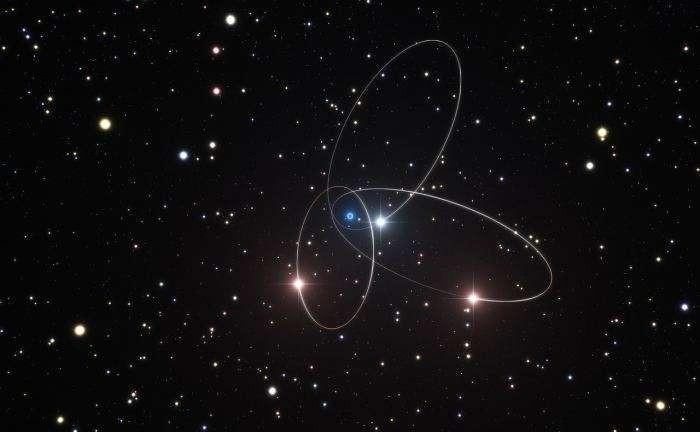Scientists discover new type of stars that cannot be explained by current theories
The stars are abundant in chemical elements phosphorous, oxygen, magnesium, and aluminum.
Scientists have discovered "unusual" stars in our galaxy that are extensively rich in an element, a key ingredient for life. The new discovery was made by researchers at Instituto de Astrofísica de Canarias.
All forms of life on earth are heavily dependent on some chemical elements Carbon, Nitrogen, Oxygen, Sulphur, and Phosphorus. However, phosphorous plays a crucial role in building DNA and RNA in all life forms. But, its origin within the galaxy remains unclear.
Now, astronomers of the Instituto de Astrofísica de Canarias (IAC) and researchers in computer science from the Centre for Research in Information and Communication Technology (CITIC) at the University of La Coruña (Galicia) have discovered a handful of stars that are rich in phosphorous. These new types of stars are thought to be helpful in explaining the origin of phosphorous in Milky Way, according to the news statement.
The study is based on an analysis of a large number of infrared spectra acquired from the public database of the Sloan Digital Sky Survey. What makes these stars more interesting is that they are not only rich in phosphorous, but scientists have found them to be heavily packed with magnesium, silicon, oxygen, aluminum, and cerium. Such a chemical pattern remains yet to solved by current theories of evolution and nucleosynthesis.
"These results show that not only are we dealing with a new type of objects but that their discovery opens the way for the exploration of new physical mechanisms and nuclear reactions which occur in stellar interiors" IAC researcher Thomas Masseron, the leading author said.
"It could be an important clue about the origin of the phosphorus, which is a fundamental component of life," says co-author Aníbal García-Hernández.
The scientists reportedly used Echelle spectrograph (FIES) on the Nordic Optical Telescope (NOT) at the Roque de los Muchachos Observatory, (Garafía, La Palma) for their investigation. It allowed the researchers to identify the peculiarity of these stars.
"A discovery which is so unexpected and extraordinary could not have been made without a close interdisciplinary collaboration between astronomers and experts in computation", said co-author Arturo Manchado.

The study is published in the journal Nature Communications.
© Copyright IBTimes 2025. All rights reserved.





















